技術記事
-
マイクSNRとAOPパラメータが録音品質に与える影響
マイクのSNR値が高いほど、より静かな環境で微細な音声信号を捉えることが可能となります。逆にSNRが低いマイクでは、マイク自体が放出するノイズレベルが微細な音声信号を覆い隠してしまいます。消費者が再生時に微細な音を聞こうとすると、無意識に音量を上げることになり、同時にノイズも増幅されるため、結局はクリアな微細音声信号を聞き取ることができません。
現在、市場主流のマイクSNR範囲は、MEMSマイクで約64~74dBA、ECMマイクで約60~72dBAである。

マイクのSNR値が高いほど、より静かな環境で微細な音声信号を捉えることが可能となります。逆にSNRが低いマイクでは、マイク自体が放出するノイズレベルが微細な音声信号を覆い隠してしまいます。消費者が再生時に微細な音を聞こうとすると、無意識に音量を上げることになり、同時にノイズも増幅されるため、結局はクリアな微細音声信号を聞き取ることができません。
現在、市場主流のマイクSNR範囲は、MEMSマイクで約64~74dBA、ECMマイクで約60~72dBAである。
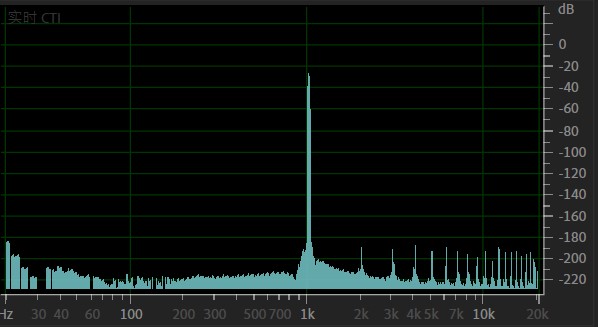
図1 マイクSNRスペクトル
マイクのAOP(Acoustic over point)は、マイクが耐えられる最大音圧レベル(SPL)を表す。AOPが高いほど、音声信号を歪みなく電気信号に変換し、後段処理に供給できる。逆に、AOPが低すぎるマイクでは、外部からの大きなSPL信号を受信すると、マイクの振動板とバックプレート間の振幅が線形動作範囲を超えたり、電気信号の振幅がASICやFETの許容範囲を超えたりして、マイクの出力信号が歪む。THDが10%を超える場合、この時点のSPL値がAOPとなる。
現在市場で主流のマイクのAOP範囲は、MEMSマイクで約120~136dBSPL、ECMマイクで約120~130dBSPLである。
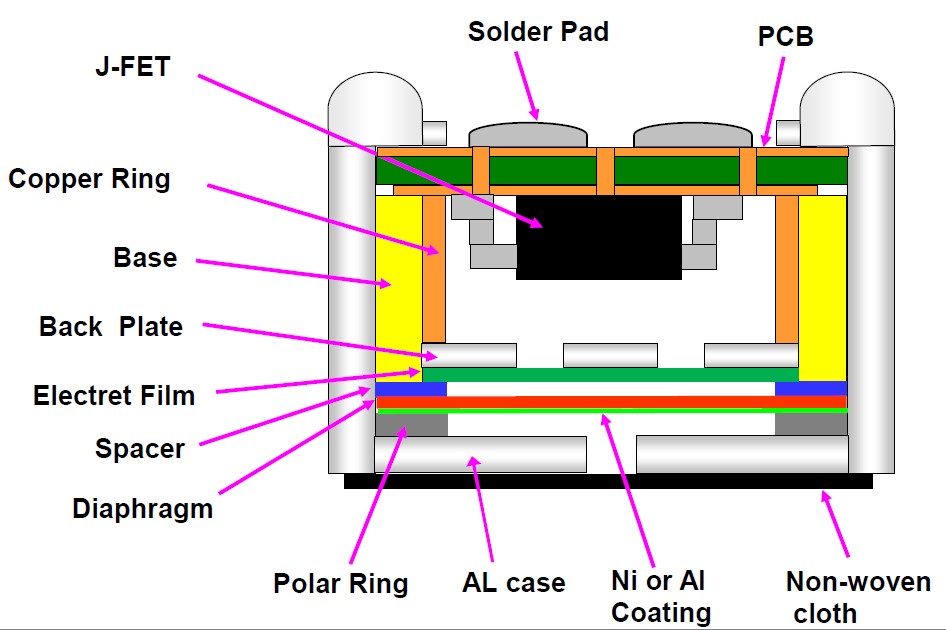
図2 ECM構造
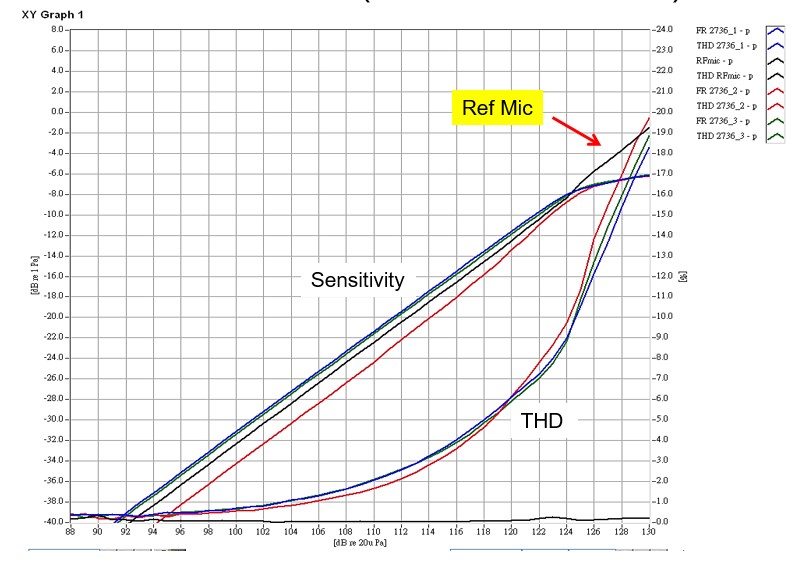
図2-1 マイクAOP曲線
上記2つのパラメータを総合したものがマイクロフォンのダイナミックレンジ(Dynamic Range, DR)であり、マイクロフォンが感知可能な音圧レベル範囲を示す。マイクロフォンは小音量に敏感に設計することも、高SPLに耐えられるように設計することも可能だが、両方の条件を兼ね備えた製品を設計することは非常に困難である。
マイクのDR(ダイナミックレンジ)は製品仕様書に明記されない場合もあるが、他の仕様から推測可能である。AOPとEINの差を算出すれば、その値がDRとなる。
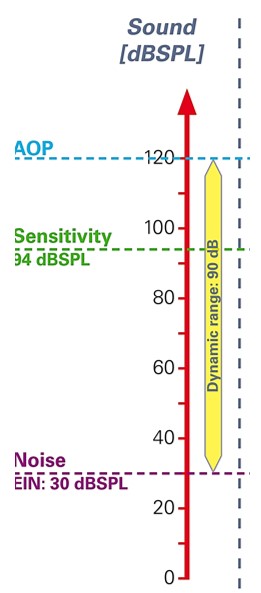
図3 マイクダイナミックレンジ
現在のECMダイナミックレンジは100dB以上に達しており、交響楽団の演奏会において轟音のドラムや管楽器を録音できるだけでなく、聴衆のささやき声も同時に捉えることが可能です。この極めて高いダイナミック信号の録音性能は、低価格帯と高価格帯のコンシューマー製品を明確に区別する要素となります。
またAOPパラメータはAEC処理においても極めて重要である。AECは通常DSPを介してマイク受信信号にエコーキャンセリング処理を施すが、マイクのAOPが低すぎる場合、THDが高すぎることを意味し、マイク受信信号波形が明らかに歪んでいる。これによりDSPの信号判定が誤り、エコーキャンセリング効果が大幅に低下する。典型的なマイク信号歪み波形は図の通りである。(4)
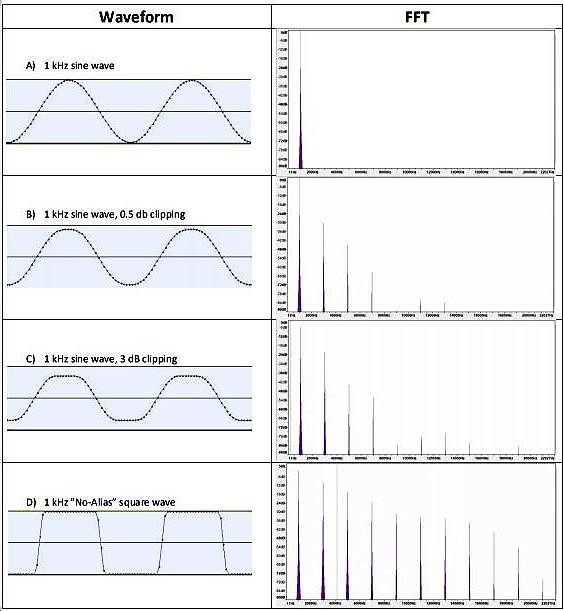
図4 正弦波歪み
現在、多くのスマートスピーカーや通信製品では、マイクとスピーカーの設置距離は30~130mmの範囲が主流であり、スピーカーのSPLは80~90dBSPL/1W/1mが一般的です。3~5Wの電力でスピーカーを駆動する場合、30mmのマイク集音位置ではSPLが125dBSPLを超え、この時点でマイクのTHDは10%以上に達します。これはDSP AEC処理と高品質な音声収集に非常に不利です。一部のスマートスピーカーのアンプ出力は10~20Wに達する可能性があり、この場合マイクのAOP(Acoustic Output Power)がより重要になります。
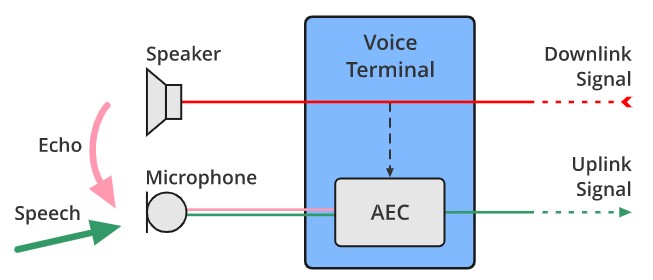
図5 AECシステムブロック図
Kingstateは複数の高SNR・高AOP MEMSマイクまたはECMをラインナップしており、高品質な音声収録製品に適用可能です。大信号と微小信号を容易に処理でき、DSPがAECを完璧に処理することを可能にし、ノイズリダクション性能を向上させることで、製品性能とコストパフォーマンスを向上させます。
当サイトの一部の文章は、AI翻訳により訳されたものです。内容の正確性については、原文の中国語版をご参照いただくか、弊社までお問い合わせください。ご理解のほど、よろしくお願いいたします。

 RFQ
RFQ